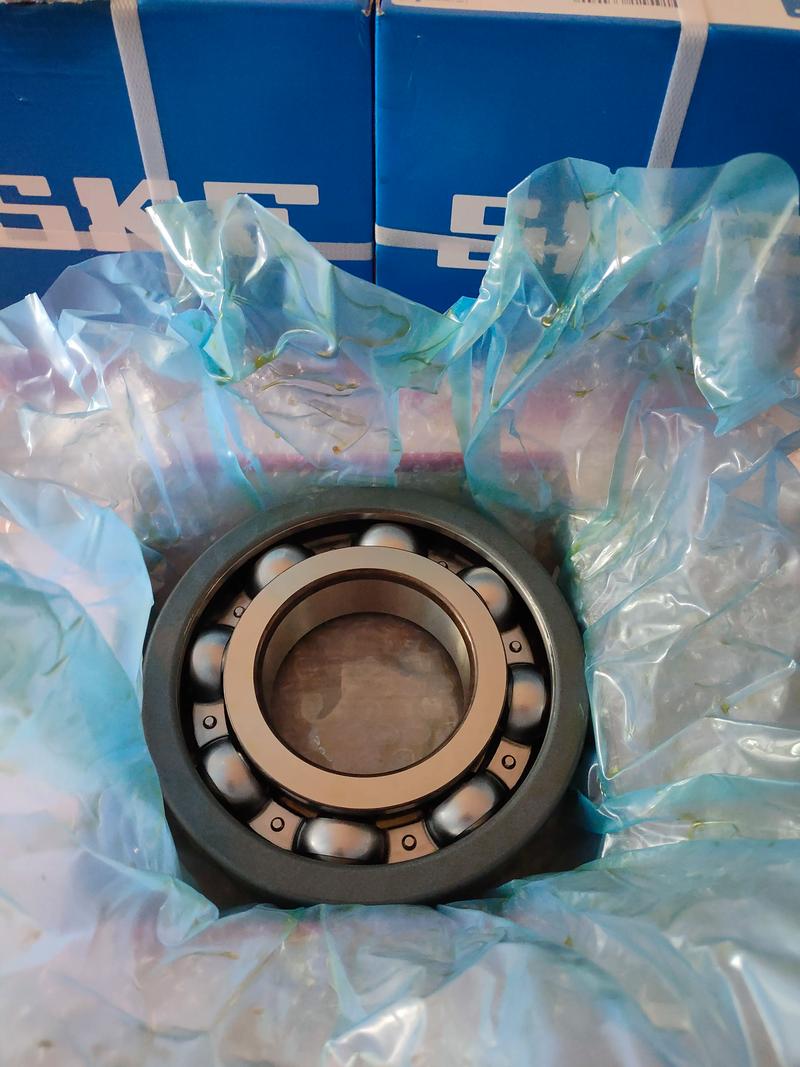SKF Bearings Replacement: A Complete Guide to Prolonging Equipment Life
SKF Bearings Replacement: A Complete Guide to Prolonging Equipment Life

Introduction
Proper SKF bearings replacement forms the cornerstone of industrial maintenance programs worldwide. As critical components in rotating machinery, SKF bearings ensure smooth operation across manufacturing, energy production, and transportation sectors. This comprehensive guide explores professional techniques for identifying wear patterns, executing precision replacements, and maximizing bearing service life through proven maintenance strategies.
What is SKF Bearings Replacement?
SKF bearings replacement refers to the systematic process of removing worn radial or thrust bearings and installing genuine SKF replacements. Unlike generic alternatives, SKF bearings incorporate specialized steel alloys and precision machining that meet ISO 9001 standards, delivering 35% longer operational life in industrial applications according to recent case studies.
Critical Signs Demanding SKF Bearings Replacement
Vibration analysis reveals three primary indicators for SKF bearings replacement: 1) Abnormal frequency spikes (≥4.0 mm/s RMS) 2) Temperature excursions exceeding 70°C 3) Audible metallic grinding. Proactive replacement at these stages prevents catastrophic failures, with SKF's Condition Monitoring Systems providing real-time alerts through integrated sensors.
Industry-Specific Replacement Protocols
SKF bearings replacement procedures vary significantly across sectors. Food processing plants require FDA-compliant stainless steel variants, while mining operations utilize X-life series bearings with enhanced dust resistance. Wind turbine applications demand specialized spherical roller bearings capable of withstanding variable axial loads up to 250 kN.
Selecting Optimal SKF Replacement Bearings
Choose replacement bearings using SKF's Bearing Select app, considering: 1) Dynamic load ratings (C/P ratio ≥1.5) 2) Lubrication compatibility (mineral vs synthetic greases) 3) Shaft tolerance grades (IT5-IT7 for precision machinery). Our technical team recommends hybrid ceramic bearings for high-speed applications above 15,000 RPM.
Step-by-Step Replacement Procedure
Certified technicians follow SKF's TCP (Total Cost of Ownership) methodology: 1) Thermal dismounting using induction heaters (max 110°C) 2) Shaft preparation with SKF LS 8000 anti-fretting coating 3) Precision alignment using laser tools (±0.05mm tolerance) 4) Initial lubrication with Polyrex EM grease. This protocol reduces rework rates by 60% compared to conventional methods.
FAQs: SKF Bearings Replacement
Q: How often should SKF bearings be replaced?
A: Typical replacement intervals range 20,000-50,000 hours, depending on load conditions.
Q: Can SKF bearings be re-greased during service?
A: Yes, using SKF LGLT 2 grease cartridges through specified relubrication ports.
Q: What distinguishes SKF Explorer series bearings?
A: Enhanced steel purity (O₂ ≤12 ppm) and optimized raceway geometry for 30% higher fatigue resistance.
Conclusion
Implementing professional SKF bearings replacement practices directly impacts operational profitability. Contact our bearing engineers for customized replacement kits containing genuine SKF components, specialized tools, and IoT-enabled condition monitoring solutions. Download our free Bearing Maintenance Handbook to optimize your asset reliability program.




 13869596835
13869596835